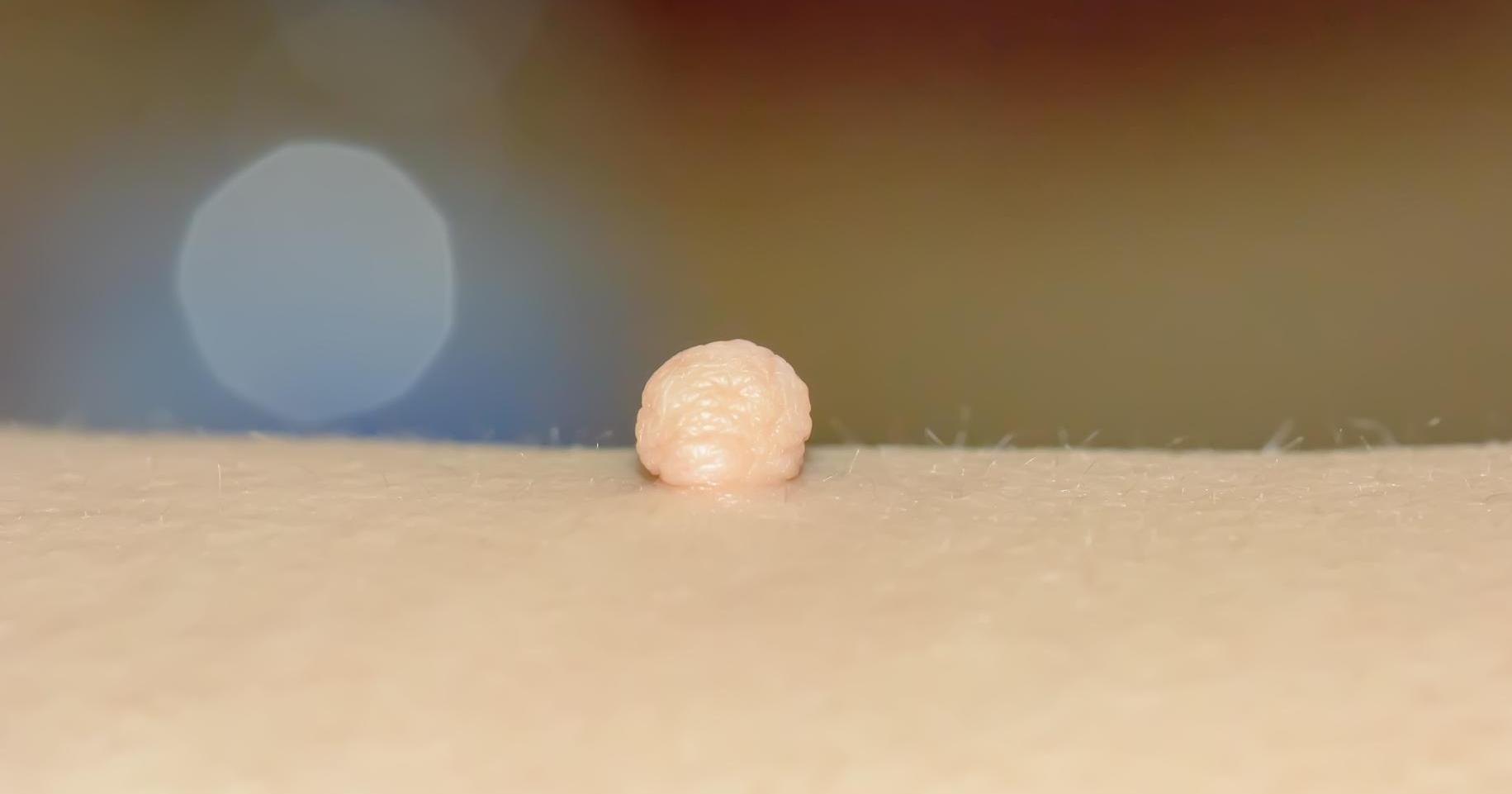Signs Of A Branchial Cleft Cyst And How It's Diagnosed
A branchial cleft cyst is an open space or pouch in the tissue around the neck or shoulder, most commonly found between the neck and collarbone. Although it may not be noticed until late childhood or early adulthood, the branchial cleft cyst is a common congenital defect. It is caused when structures around the neck develop abnormally within the womb, leaving a space instead of solid tissue. The condition is often diagnosed when the cyst fills with mucus, causing it to bulge and form a lump. A patient may mistake the cyst for a cancerous mass due to the unusual nature of this growth.
Fluid Drainage From The Neck

A branchial cleft cyst can exist for years without being noticed. As a child's body matures, the sinuses can drain more effectively during a cold or another illness. When a child or young adult has a branchial cleft cyst, mucus caused by the infection can drain into the cyst, causing it to swell. In most cases, the cyst is interior and feels like a lump under the skin. In other cases, there may be a small hole, known as a fistula, leading from the cyst to the outer skin. The cyst becomes noticeable when there is fluid drainage from the neck. Although this symptom may be troubling, it is only a problem if the cyst itself becomes infected. In some cases, surgery can be done to remove the cyst and close the fistula.
Presence Of A Skin Tag Or Dimple

The branchial cleft cyst is the result of incomplete growth of tissue in the womb. This may also result in some kind of marking on the outer skin at the site of the cyst, such as a skin tag or dimple. As opposed to a fistula, which allows drainage from the cyst to the outer skin, a skin tag or dimple indicates the growth process in the womb was more complete. Because these skin markings can be found in other places on the body, a skin tag or dimple does not necessarily indicate a cyst. It is when the cyst swells that skin tags and dimples can help confirm a diagnosis.
